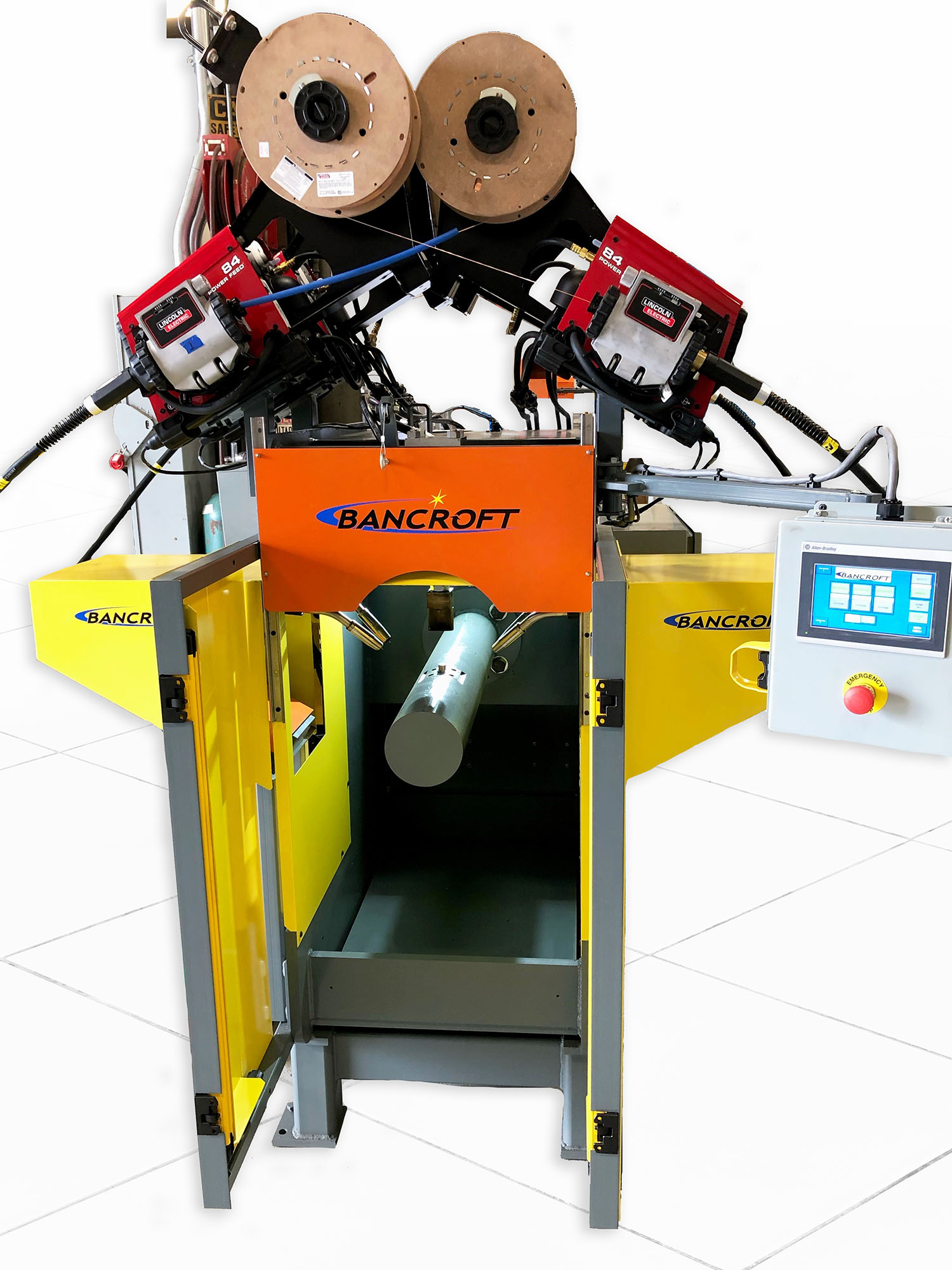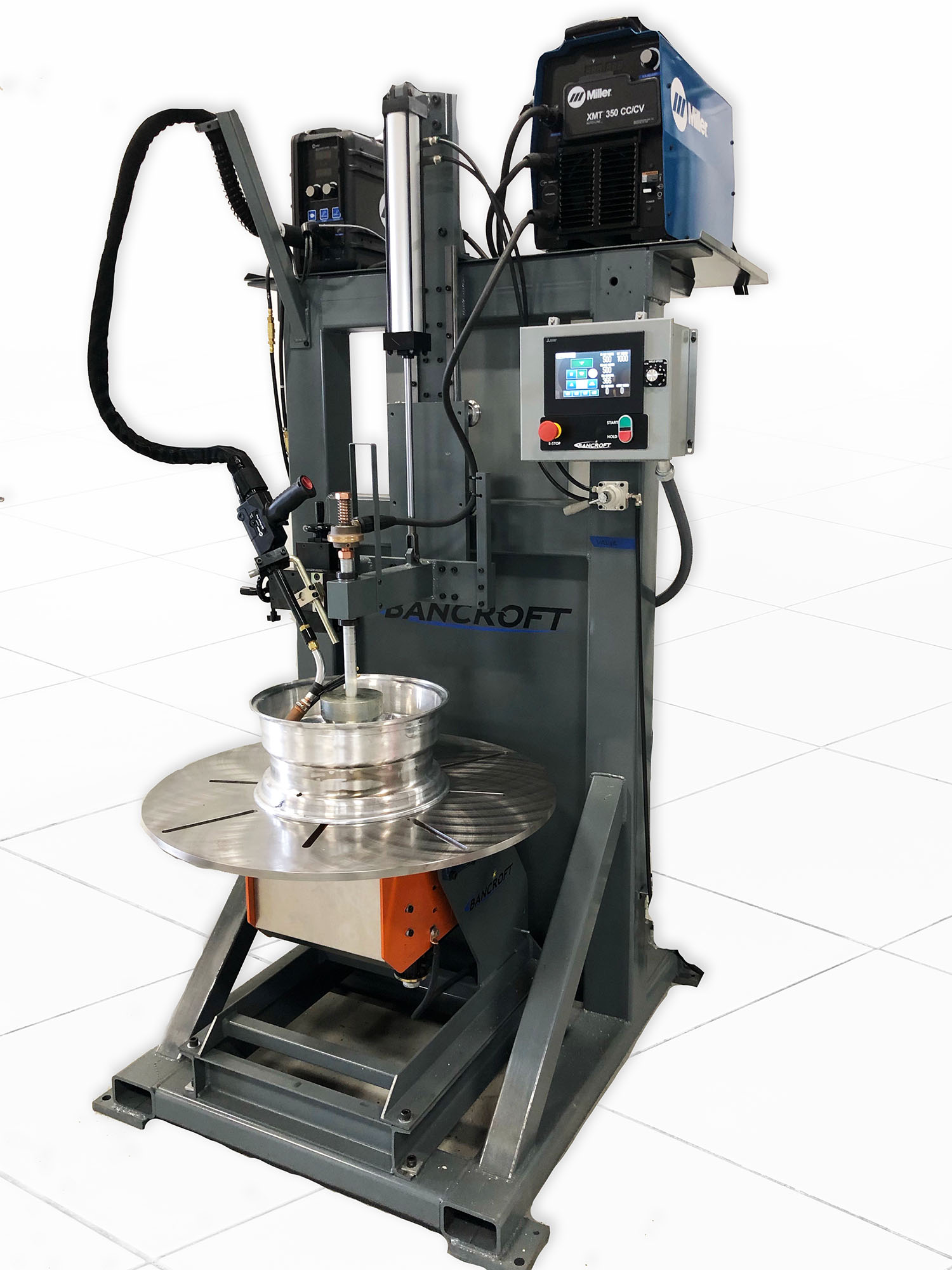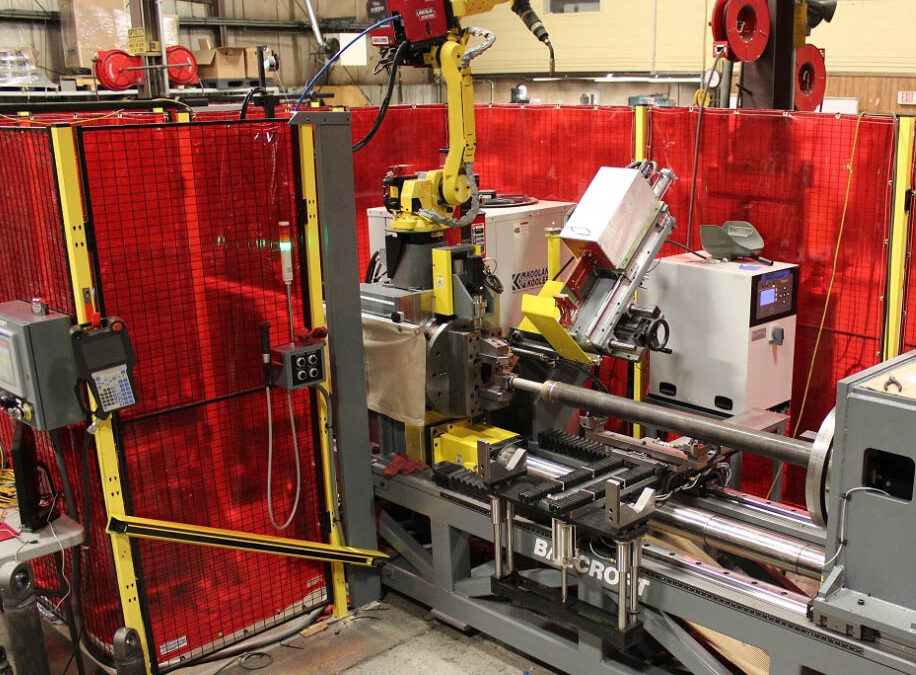Back in 2015, the Bureau of Labor Statistics (BLS) and the American Welding Society (AWS) were already projecting a shortage of greater than 291,000 skilled welders for the year 2020-2022. Yet we find ourselves here in that future and it’s just as competitive as ever. Why? Because there will always be a demand for skilled welders. Today we’re going to discuss three ways welding automation can help your company meet that demand in creative and effective ways.
What is the Welding Skill Gap?
A skill gap can occur in any industry. It happens when the demand for a specialized skill set, and the supply of experienced professionals do not match up. In welding, it means that the younger, inexperienced welders who are new to the trade simply don’t have the quality of work that their retiring, veteran welder counterparts have [yet].
We are seeing this gap grow in the fabrication industry for several reasons:
- Lack of experienced master welders because many are near (or at) retirement age
- Emphasis on 4-year degrees versus trade school causing students to reconsider entering the trades
- Skilled tradespeople retiring before mentoring less experienced welders
- New welders lacking hands-on experience
The frustration is felt by both the employers and the welders. That’s where welding automation comes in. Robotic and semi-automated welding solutions offer a practical, smart solution to bridge the gap between what your fabrication quality demands and what your team needs without waiting for new welders to reach a specific skill level.
1. ) Welding Automation Improves Safety
In 2019, the Bureau of Labor Statistics reported 6,030 total cases of nonfatal occupational injuries and illnesses involving days away from work among welding, soldering, and brazing workers. Many of these injuries may have been avoided with more training and better equipment.
Welding automation provides an extra measure of safety to your team in several ways:
- Machines have built-in safety equipment to protect humans such as guarding, fences and sensors.
- The process of automating reduces the possibility of spontaneous injuries through simple, streamlined programming.
- Just a simple welding positioner can offer lightweight, easy-to-handle solutions to meet even the most demanding, repetitive welding jobs.
With automated welding, even the most inexperienced member on your team will advance his/her skill level. Automation programming protects them from making simple mistakes that often result in injury.

Custom Welding Machinery
2.) Welding Automation Increases Efficiency
Welding automation takes human error out of the equation, which helps improve safety as well as increase efficiency and quality. When programmed by a skilled welder, these machines can effectively multiply that skilled welder’s work. It’s essentially like cloning your best welder’s skill set and applying that ability to any team member. Imagine the effect this would have on your productivity!
3.) Welding Automation Ensures Quality
Part of the process of building high-quality welding systems includes rigorous testing at many phases of the design process. Bancroft’s full-service staff will provide installation, training, preventive maintenance, and production process improvements to make sure your robotic welding system solution is a success. This will ensure a high-quality weld no matter the welder’s skill level.

Bancroft’s Automated Welding Positioner
Automated Welding
Bancroft’s expertise & technology can help you bridge the welding skill gap and improve your operations. Our options range from simple, stand-alone machines to full robotic welding automation systems. We specialize in semi-automated welding machines for rotary welding, TIG/MIG welding, spot welding, resistance welding, laser welding and much more!



